What’s the proper order of descriptions? And when are you supposed to tell readers how tall a character is? These are the questions I never knew I’d have.
A documentation about writing the ultimate heist novel. Get the full series here: charleskunken.com/hollywoodheistbacklot
I've got a weird (or maybe it's not weird, I don't know) thing that I was trying to figure out this week: what is the proper order of descriptions.
This is the exact sentence in my manuscript that spurred me onto this problem:
Actors and actresses populated the array of photos on the walls.
The array of photos on the walls were populated with actors and actresses.
Image: Scholastic Rock, Inc., ABC
There's probably some simple english lesson about subjects and predicates and when to use each and what a predicate even means. (I'm sure I wasn't listening and somehow still got an A by doing good on the spelling tests.) Perhaps there was a schoolhouse rock for this?
If I was a good writer I'd just figure out what sounds best. But since I'm a Virgonian, here's how I've been overthinking it.
I’m trying to follow the guidance of making sentences active and avoiding the use of the words ‘was’ or ‘were’. I'm also trying to add some variety to my sentences by mixing up the form.
This is a weird situation because the 'actors and actresses' aren’t characters moving through the space or doing anything. They’re set pieces in a photo. They aren't active. But should they be?
I refer back to a book that’s apparently serving as one of my sources for good writing during this project, ‘The Deserter’ by Nelson Demille and his son, Alex Demille.
https://nelsondemille.net/books/the-deserter/
I don't know if it's objectively 'good' but I think it is. I enjoy reading it. Genre fiction. Low brow. Hey, it's a New York Times Bestseller for what that's worth. Anyways, that's the kind I'm going for.
I’m trying to observe the order Demille uses when Brodie and Maggie (the main characters) walk into a new place. My hypothesis is you need to create a container first, a place for objects to go, This would lead me to think I need to go with option B—I need to give the actors and actresses a place to be,
I pulled a few examples to see if I’m right. Here’s Demille:
‘They kept their overnight bags with them and walked into the lobby lounge, a tastefully decorated space with comfortable sofa chairs, glass cocktail tables, and scattered marble pedestals topped with vases of tropical flora. The lounge was mostly empty except for a few tourists speaking French, and a waiter who hovered nearby to take food and drink orders.’
I think that points me to option B. You get the space first, before the tourists and waiter. Let’s look at one more:
‘Brodie walked into a dimly lit, smoke-filled room, and as his eyes adjusted he saw that it was a large lounge with a long L-shaped bar to the left. A few men sat at the bar with their backs to him, except for the men at the short arm of the L who had a view of the door, and were looking at him.’
Option B again, right?
I'll probably read this chapter again in two months and it'll be obvious what to do (cut the whole thing). But in the meantime I'll write long blog posts about it.
Here’s another idea for it that I came up with after typing and deleting a lot of times, Can I give the photos an active description then pepper in their content?
An array of photos hung neatly on either wall, populated with actors and actresses, plumed costumes and makeup, all race, colors, and creeds, shapes, shades, and sizes.
That's probably a krap sentence.
I'm watching the Hemingway Ken Burns documentary on PBS and am reminded of his advice: write one true sentence. Well, this one definitely is not that.
***
By the way I started editing by reading aloud. I heard it helps and so far I’m finding that to be true. I’m also planning on recording my own audio book and I don’t want that to be a separate round of edits when I realize it all sounds silly aloud.
***
Okay, and this is how I'm struggling to figure out height.
When are you supposed to mention it when describing a character? I've noticed in my manuscript that I almost never tell you, but now that I’m thinking about it I think I am supposed to tell you right away. Like, it’s not a character detail you should just let people fill in, it's a physical constraint that may have downstream impacts later and they might be upset if they envisioned the wrong size.
This is what I got:
All the photos shared one commonality. A woman. She had short, dark straight hair, at least in the earlier ones and judging from the full-bodied shots, an incredible physique. A dancer’s body.
I cherry picked a couple of examples to see how Demille does it the first time he introduces any new person:
'A short, thin man in a yellow polo shirt and white baseball cap ambled out of the park and into the center of the plaza.'
And another:
'Finally the door opened, and a big man in a tight black T-shirt and black chinos looked at Brodie, then at Luis. “Que?” '
It’s a small sample size but so far it supports what I'm thinking—that it’s best to indicate size right away.
Here's a redo of mine:
All the photos shared one commonality. A woman. Slightly shorter than average with short, dark straight hair, at least in the earlier pictures. Judging from the full-bodied shots she also had an incredible physique. A dancer’s body.
It’s not great but we’ll go with it for now.
You are watching bad writing unfold in real time people
Have some thoughts? Feel free to drop a comment or hit me up: charlie@charleskunken.com
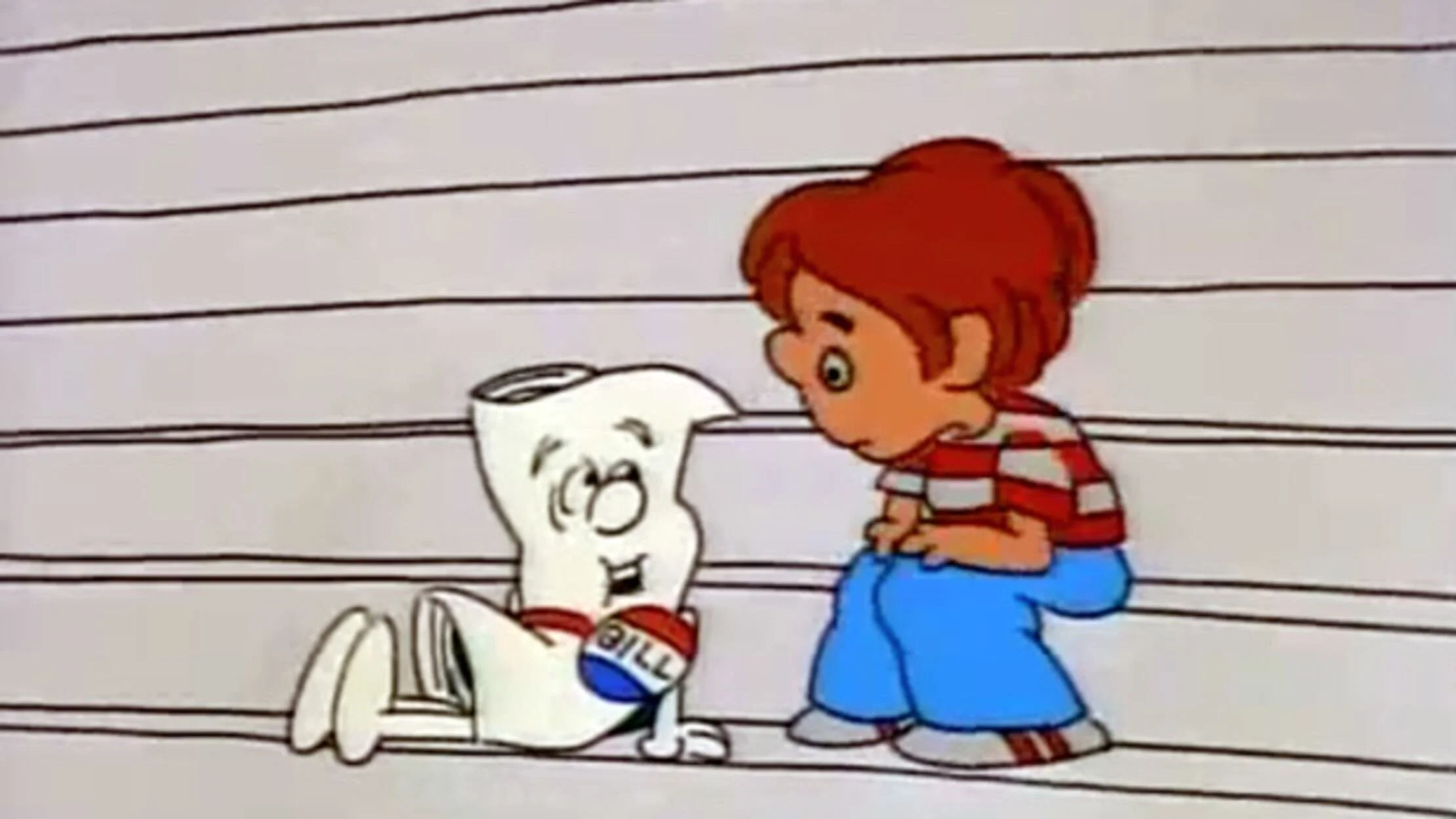





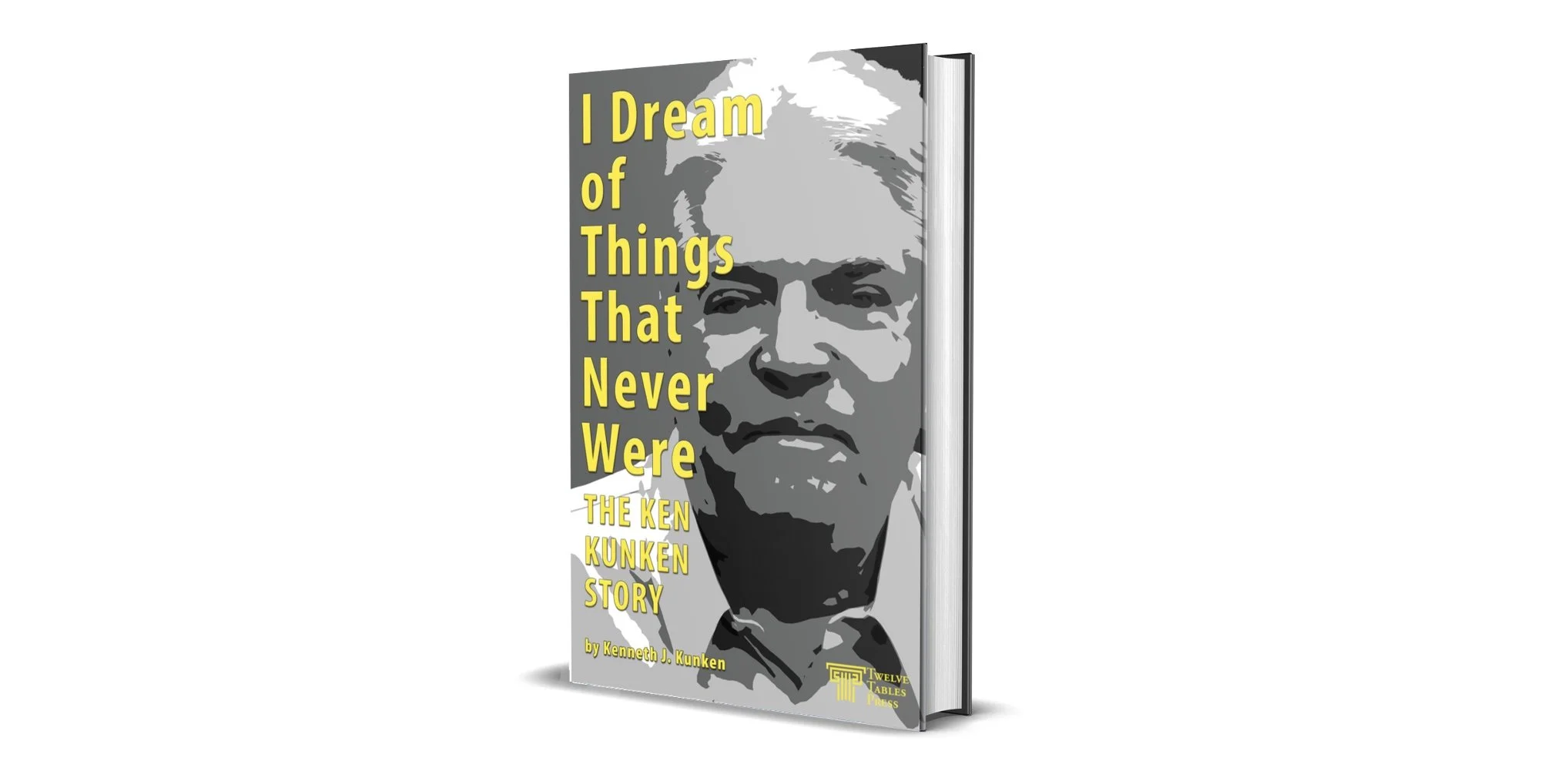
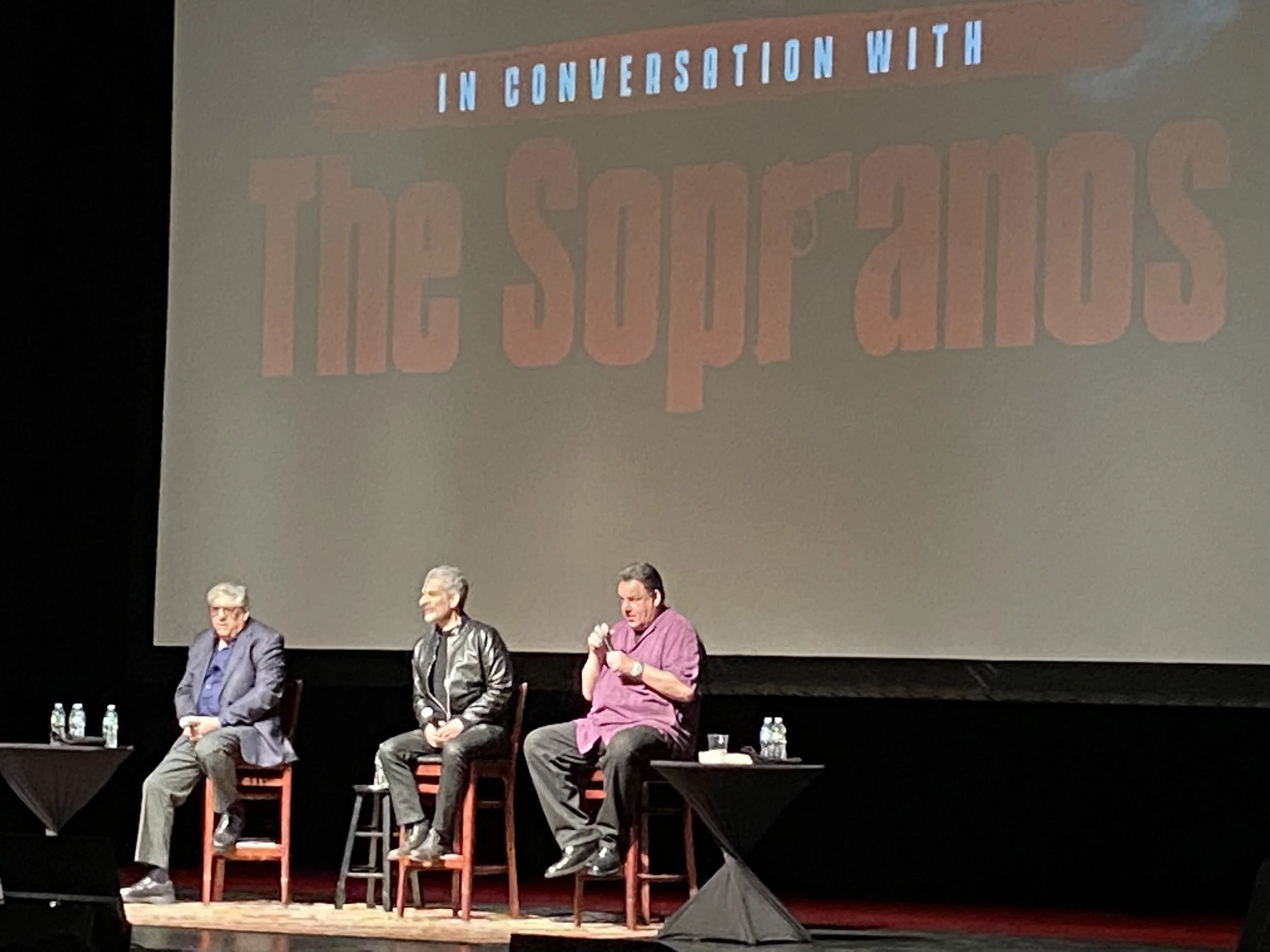


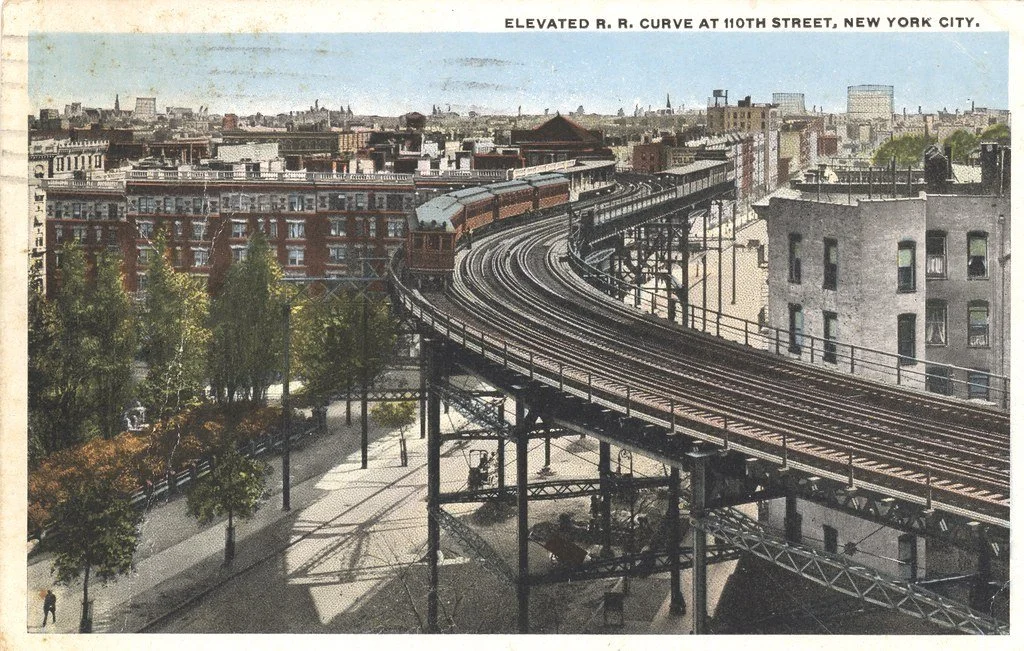

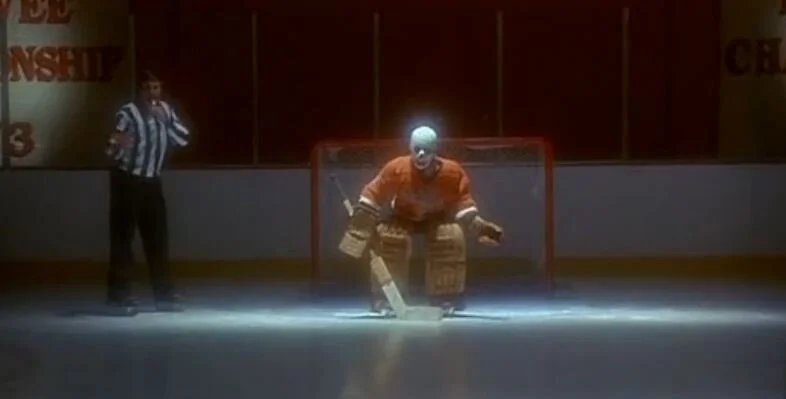
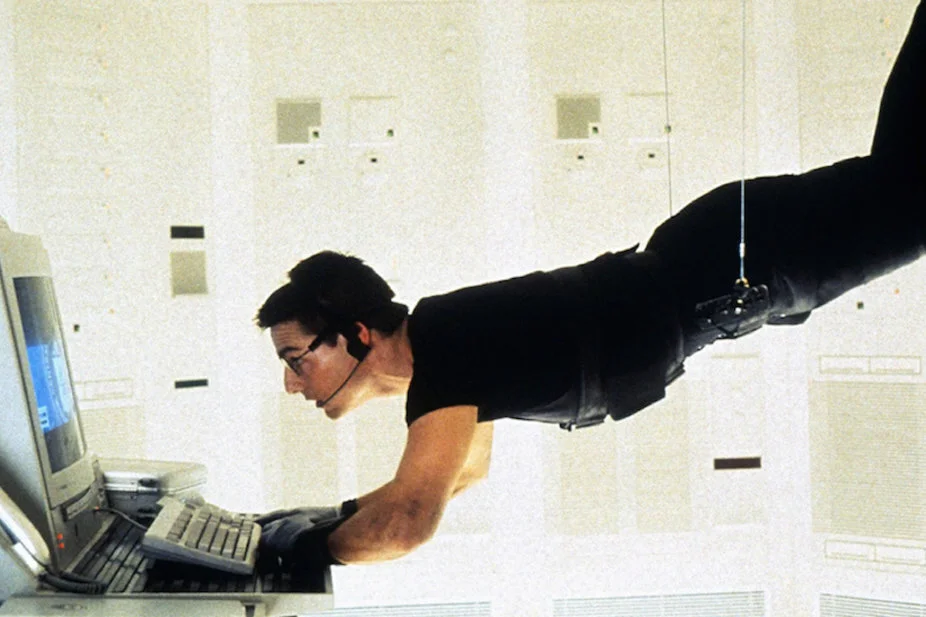
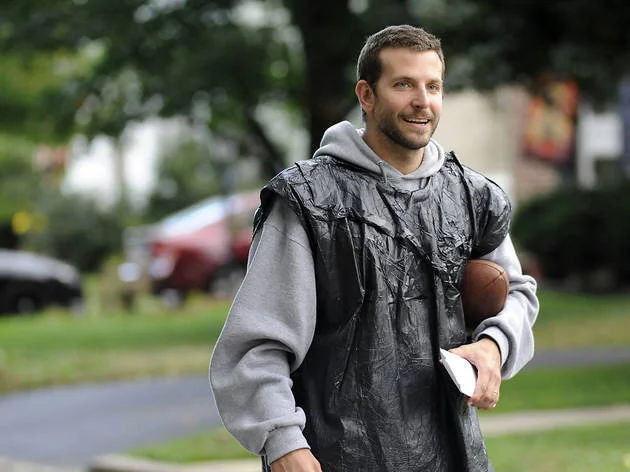
Please judge.